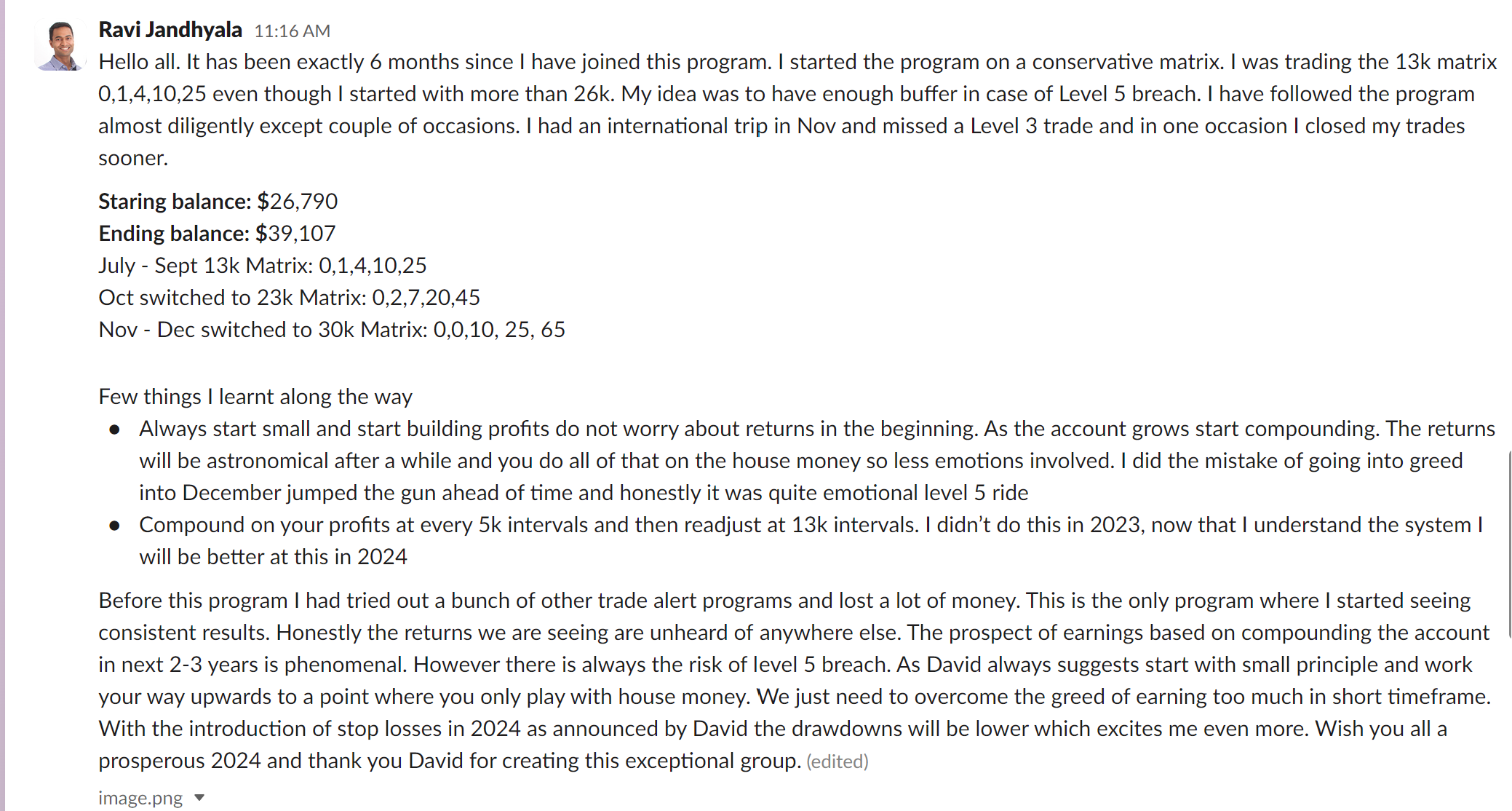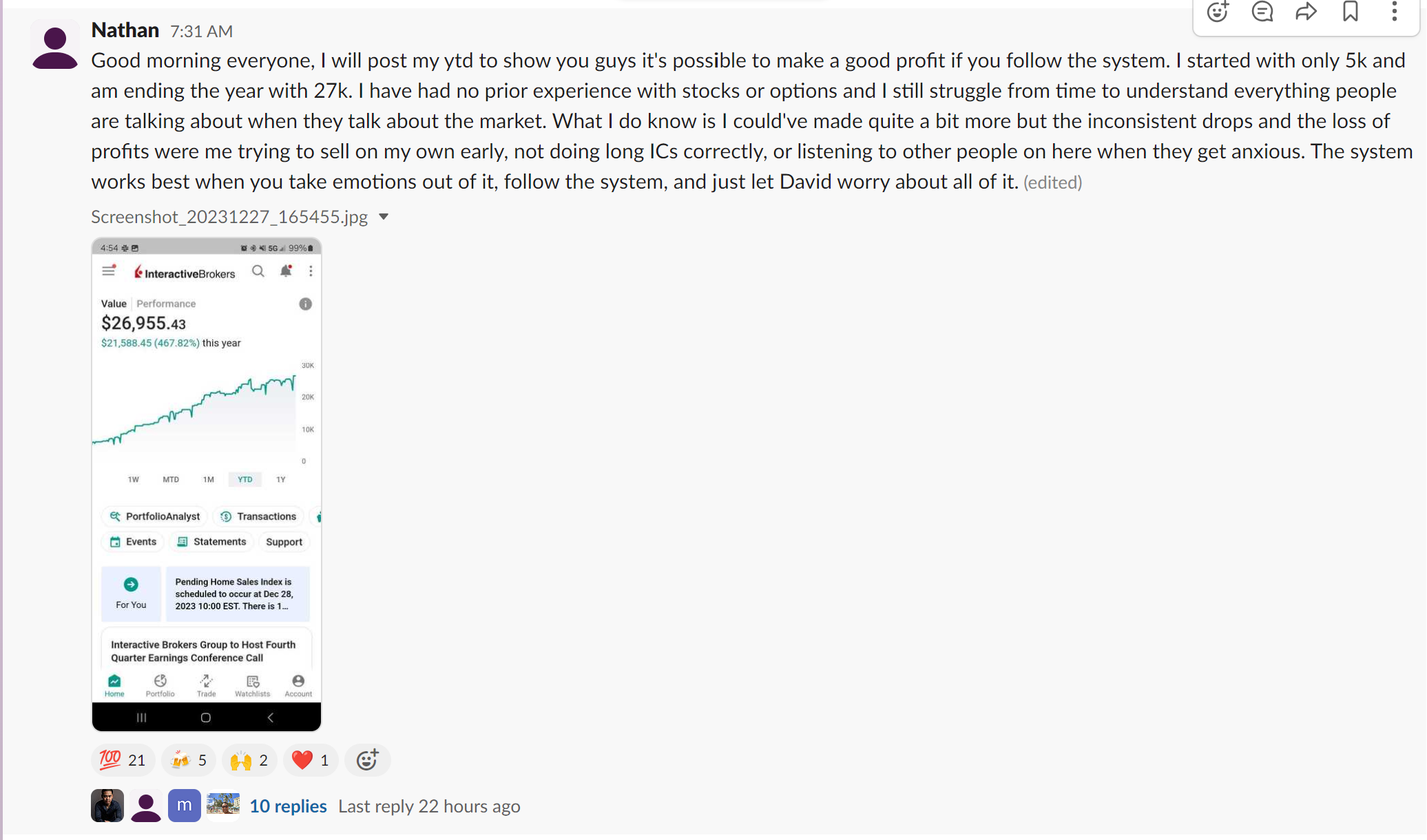Technical analysis is an invaluable tool for options traders seeking to navigate the complex financial markets and make well-informed decisions on trades. By analyzing historical data such as price movements, trading volume, and market sentiment, technical analysis aims to identify trends and potential market inefficiencies, aiding traders in the prediction of future price movements. Understanding and effectively utilizing technical analysis is crucial for options traders looking to optimize their risk management and establish profitable trading strategies in the dynamic world of options.
InsideOptions is committed to providing educational, informative, and actionable content that empowers traders to excel in options trading. In this comprehensive guide, we will delve into the world of technical analysis, exploring various chart patterns, indicators, and time-tested trading strategies crucial for maximizing your options trading success. With the guidance and expertise provided by InsideOptions, you will learn how to effectively apply technical analysis techniques to your trading arsenal, enhancing your ability to make informed decisions and unlock new insights into the ever-evolving landscape of options trading.
Embark on a journey into the intricate realm of technical analysis, unlocking the power of chart patterns, indicators, and trading strategies to enhance your options trading performance. [CTA: Join InsideOptions to access invaluable resources, expert guidance, and actionable insights designed to help you master the art of technical analysis in options trading. Sign up now to begin your journey to long-term success in the market!]
1. Chart Patterns: Identifying Key Market Trends and Potential Reversals
Mastering common chart patterns can provide crucial insights into market trends and potential reversals:
– Double Top/Bottom: These patterns signal a possible end to an uptrend (double top) or downtrend (double bottom) when two consecutive peaks/troughs form at approximately the same price level.
– Head and Shoulders: This pattern indicates a potential trend reversal, with a higher peak (head) between two lower peaks (shoulders), suggesting weakening market momentum.
– Triangles: Triangles are continuation patterns formed when price action converges within a narrowing range, indicating periods of market consolidation before a potential breakout in the direction of the prevailing trend.
2. Technical Indicators: Gauging Market Sentiment and Momentum
Leverage various technical indicators to gauge market sentiment, momentum, and potential trading signals:
– Moving Averages: Simple and exponential moving averages (SMA and EMA) can help traders to identify trends and potential crossovers for market entry and exit signals.
– Relative Strength Index (RSI): This momentum oscillator measures the speed and change of price movements, providing insights into overbought or oversold market conditions.
– Bollinger Bands: These bands, consisting of a moving average along with upper and lower deviation bands, can help traders estimate market volatility and identify potential breakouts or reversals.
3. Time-Tested Trading Strategies: Implementing Effective Technical Analysis Techniques
Explore various trading strategies utilizing technical analysis to make informed trading decisions:
– Trend Trading: Identify and follow the prevailing market trends by trading in their direction, using moving averages or trendlines to establish entry and exit points.
– Breakout Trading: Capture potential gains from significant price moves, entering long positions when the price breaks above resistance levels or short positions when the price breaks below support levels.
– Swing Trading: Exploit short-term price swings using oscillators like RSI, Stochastic, or MACD to anticipate reversals and seize trading opportunities.
4. Refining Your Technical Analysis Skills: Continuous Learning and Adaptation
Consistently enhance your technical analysis prowess through continuous learning, practice, and adaptation:
– Backtesting: Test and refine your trading strategies using historical data to gauge their effectiveness in various market conditions and to identify potential improvements.
– Ongoing Education: Continuously expand your knowledge of technical analysis, exploring new indicators, chart patterns, and trading techniques to stay ahead of the ever-evolving market trends.
– Stay Adaptable: Regularly evaluate your technical analysis strategies and adapt them to the changing market landscape, ensuring that you maintain relevant and effective trading techniques.
Conclusion
Technical analysis is an essential tool for options traders, offering valuable insights and powerful strategies for navigating the dynamic world of options trading. By mastering advanced charting techniques, indicators, and trading strategies, you can enhance your decision-making and optimize your risk management for long-term trading success.
InsideOptions is devoted to providing comprehensive resources, expert guidance, and actionable insights to help traders thrive in the world of options trading. Embrace the power of technical analysis to transform your trading performance by joining InsideOptions today. Sign up for InsideOptions now and unlock access to in-depth resources, professional guidance, and practical tools designed to help you master the art of technical analysis and propel your trading success as a beginner in options trading.









